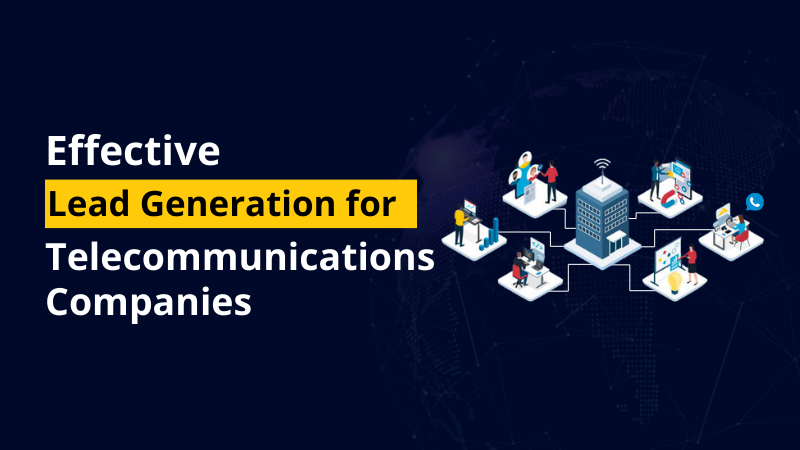If we look past the hype, it’s clear that edge computing promises to transform business IT in a fundamental way. We’re now seeing more and more business use-cases for edge computing, which in turn drives growth in demand for the technology among businesses and enterprises.
The main question for providers today is how to capture this increasing opportunity – how to approach customer acquisition for edge computing solutions? While the potential is certainly there, so too are the unique challenges that come with trying to sell a new product in a new market. That’s what we’ll talk about in this post.
Edge Computing Beyond the Hype
Just like a lot of IT innovations over the years, edge computing has already seen its fair share of hype-vs-reality moments. As the technology matures and adoption broadens, edge computing solutions now cover core business uses, not just niche applications.
The same thing also happened to cloud computing. As Gartner pointed out back in 2010, cloud computing was still at the “Peak of Inflated Expectations” stage of its hype cycle, which meant that the Cloud still had a long way to go before gaining widespread adoption.
It would take a couple more years for cloud computing to become the business-critical tool that it is today.
Similar to how cloud computing had evolved, edge computing has also been slowly climbing the hype curve and is now considered to be gradually maturing.
Edge computing’s primary role had originally been to serve as data collection endpoints that filter and send data to the Cloud. Today, however, edge computing systems have gained the capability to compute, store, and analyze data at or near the data source. This is what makes modern edge computing such a key component in today’s business IT processes.
Companies collect petabytes of information as data packets from embedded sensors, ecommerce sites, social media platforms, and streaming services. These packets of data then have to travel all the way to a cloud system to be stored, analyzed, and converted into actionable insights.
By placing computing power and storage resources close to or at the edge of the network, edge computing makes the entire process faster and more efficient.
But there’s more to edge computing than lower latency. Edge computing’s distributed architecture enables:
- Better security compared to centralized cloud platform
- Improved reliability through redundancies
- Increased scalability and versatility to adapt to changing requirements
That’s why IDC estimates 40% of IoT data will be stored, processed, and used at the network periphery by 2019. ZDNet also points out a growing list of business use-cases for edge computing:
- Industrial automation
- Predictive maintenance
- Software-defined networking
- Blockchain
- Retail
From registration to conversion, Callbox helped maximize the marketing potential of this cloud CRM company’s live events, providing targeted one-on-one engagement at each step of the way. Read Case Study
The Challenge of Selling a New Product in a New Market
An interesting HBR article tries to answer why it’s so hard to sell new products. It can be surprising how many pioneering companies fail at marketing and selling groundbreaking innovations. It all boils down to having the mistaken belief that shiny new things sell themselves.
While edge computing has been around long enough already, its most recent iteration makes it a relatively new product in the IT solutions landscape. What’s more is that the market for edge computing products and services also happens to be a new one.
As McKinsey points out, the several hundred or so edge computing use-cases have driven the need for custom response from vendors. IoT devices operate in vastly different environments and conditions (than in typical office or factory applications). This requires a whole new set of technologies that enable computing in those specific conditions.
The main challenges in selling a new solution like edge computing can be summed up in the following key points:
- Acquiring familiarity with the new market
- Gaining target customers’ trust and confidence
- Establishing reputation and awareness
- Navigating around the competition
- Building a network of potential and actual customers
In short, selling a new product means that the vendor needs to become a change agent, which is something very different than selling an existing solution.
Turning Pain Points to Proof Points
According to IoT Now Magazine, the key to reaching early IoT success relies on being able to turn “pain points to proof points.” Investments in IoT projects often require a huge “leap of fate” from companies since it can be difficult to come up with a reasonable ROI estimate. The key to gaining buy-in is to find a well-defined pain point and work from there.
The same can be said of edge computing solutions. In the absence of measurable ROI figures, vendors need to focus on specific business areas or activities where edge computing impact can reliably be demonstrated.
- Start with one or two small applications to demonstrate edge capabilities (e.g., identify a particular activity affected by high latency)
- Make sure to choose known business issues or performance areas which can later be extended or scaled up into other activities
- Select performance metrics that can serve as proxies for ROI (e.g., cost reduction, productivity boost, satisfaction metrics, etc.)
The key idea here is to solve small, well-scoped problems to demonstrate the value that edge computing solutions can deliver and then scale it up into other activities or areas.
Conclusion:
Setting aside the hype, edge computing has the power to fundamentally disrupt business and enterprise IT. This creates both opportunities and challenges for providers. Keep in mind the ideas discussed in this article when creating your approach at marketing and selling edge solutions.











